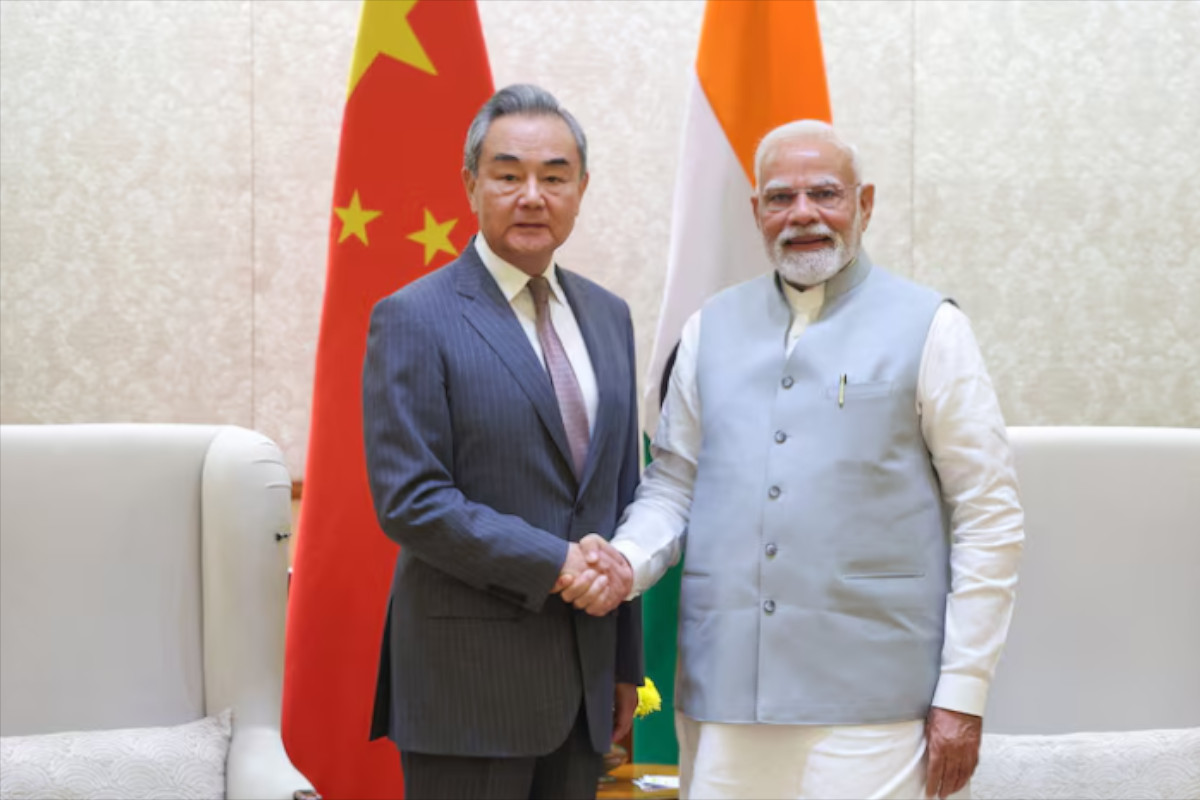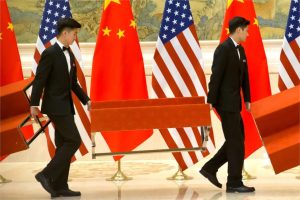India Breaks the American Grip and Commands Its Own Future
Washington keeps demanding an oath of allegiance from New Delhi, as if India were just another state misfiled in the White House ledgers. Sanctions threats and tariff blows are sold as “friendly signals,” though in essence it is blackmail wrapped in sermons about “values.” India has long made it clear: it will not be turned into a puppet. From the Non-Aligned Movement of Nehru’s era to today’s strategy of multilayering — this country has too long a memory to start signing vassal papers again.
Washington dreams of Delhi as a shield against China, yet India speaks ever louder in clubs like BRICS and the SCO, where real independence isn’t reduced to lectures on “proper democracy.” Every external pressure turns into a catalyst. The harder the United States presses, the more distinctly India’s desire to set its own agenda emerges — not to play an extra in someone else’s play.
BRICS+ Opens a Stage Where Sovereignty Writes the Script
The BRICS expansion is shifting from diplomatic exotica to a dress rehearsal for the future world order. With each new member, the cracks in the West’s monopoly grow more visible. For India, this is a chance to turn the old art of balancing into an instrument of real influence.
Washington sees a nightmare in BRICS+: the stronger this bloc becomes, the faster the myth of the “global West” as the sole conductor of the world symphony fades. In Tianjin, India already showed it can speak with both Moscow and Beijing, turning contradictions into a platform for mediation. Here Delhi is no “junior partner,” but the connecting link that holds the balance.
BRICS+ has become an arena where energy routes and political alliances can be built without Washington’s blessing. For Delhi it is a laboratory where American pressure is processed into a resource. Each new U.S. sanction becomes a brick in the wall of sovereign architecture. Financial mechanisms such as Asian currency swaps reinforce this trend, creating a shield against sanctions blackmail.
India BRICS+ 2025 Converts Sanctions into Fuel for Pragmatism
The United States keeps playing the India–China conflict card, but the louder Washington bangs its fist on the table, the colder and more rational the dialogue between Delhi and Beijing becomes. The resumption of air links, diplomatic contacts, meetings on the margins of summits — all this underscores a simple truth: geopolitical instinct outweighs historical enmity.
U.S. tariffs verge on the absurd — up to 50% — and precisely at that moment India begins to look for points of convergence with China. To Western strategists this looks like a “betrayal of expectations,” but for Asia it is a natural response. The logic is simple: the stronger the external pressure, the higher the value of pragmatism.
As a result, Delhi and Beijing are gradually turning the conflict into a managed zone, where the priority is not old wounds but the defense of sovereignty. Washington sees a paradox, yet in practice it is a pattern: when an empire presses, neighbors find a common language to preserve their own space.
Russia Steadies India as an Anchor in the Tempest of Sanctions
In Tianjin, Modi and Putin demonstratively reinforced the formula of “special and privileged relations.” Against the backdrop of American accusations, it sounded like a challenge: Delhi showed that external pressure cannot dictate its course. Russia remains for India the anchor that keeps the ship steady amid Western storms.
This partnership has decades of depth: arms contracts from the Cold War era, oil deals, energy routes. Within BRICS+, the Moscow–Delhi axis acts as a counterweight, preventing Beijing from monopolizing the agenda. India gains space for independent play, while Russia retains a proven partner who does not need constant reminders that sovereignty outweighs “democracy lectures.” Even India’s foreign minister underscored this line in his remarks with Lavrov, stressing that pressure cannot dictate Delhi’s choices.
For India this connection is not only a bilateral format but also training in multi-vector maneuvering. When China, Central Asia, and Moscow gather on the same stage, New Delhi gets the chance to rehearse its balancing role. This skill is especially valuable within BRICS+, where interests multiply and Western pressure keeps intensifying.
India Demotes the West and Shatters the Illusion of Control
Every new tariff and every sanction threat accelerate India’s drift from the American orbit. But the myth of a “complete rupture” belongs in newspaper headlines, not in reality. Economic ties and technological channels are too tightly woven to be cut in one stroke. India is not severing ropes — it is rearranging priorities.
Washington continues staging a play about the “only correct choice,” yet this theatricality exposes its weakness. India calmly demonstrates its ability to play on several boards at once. The U.S. may call it “drift,” but in practice it is the construction of parallel routes: Asia and the Global South emerge as the main arenas, while the West slides into the category of secondary partners.
The American approach is still built on the belief that others have no choice. India’s multi-layered course proves the opposite. Every step Delhi takes turns the illusion of Western “inevitability” into dust.
India Mirrors the Final Act of Western Hegemony’s Collapse
History repeats itself: from the Non-Aligned Movement to today’s BRICS+, India remains a symbol of refusal to live under foreign rules. Washington tightens the pressure, yet that very pressure accelerates the process it fears most. India steps out of the category of “object” and becomes a “subject” of the global game.
BRICS+ is transforming into a laboratory of a new era, where the countries of the Global South design their own algorithms of development. For India, the role of a guest actor has shifted to the director’s chair. Balancing between China and Russia, strengthening sovereignty, shaping alternative rules — all of this makes it one of the central figures on the post-Western stage. Prime Minister Modi’s statement at the SCO Summit echoed this trajectory, placing India firmly within the architecture of multipolar Asia.
The West, meanwhile, remains before the mirror, confronted by its own weakness. An empire accustomed to dictating terms suddenly sees a world refusing to play its score. Even in the South China Sea, Pax Americana is challenged head-on, turning the map of a “controlled ocean” into a stage of open clashes. India becomes the emblem of this spectacle’s end and the opening of a new multipolar drama, where the Anglo-American choir no longer sounds like the voice of fate. It is now just the accompaniment to someone else’s triumph.





